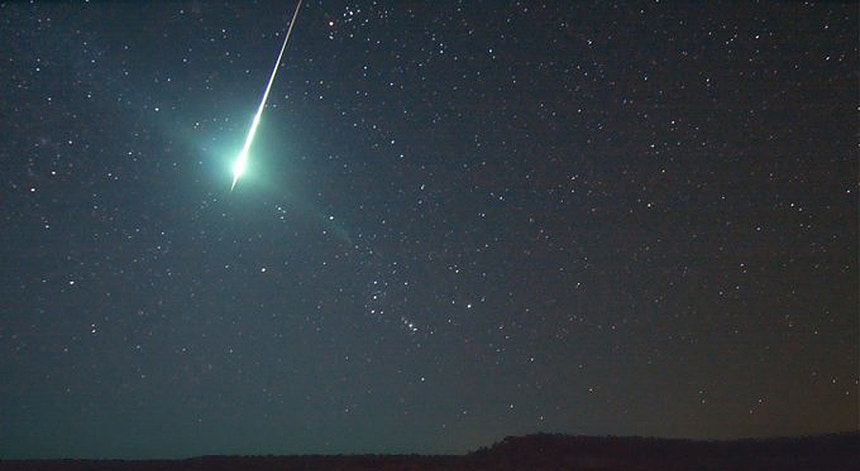It is known as CNEOS 2014-01-08 and crashed along the northeast coast of Papua New Guinea on January 8, 2014.
The “half-ton sofa-sized” meteor burst into flames as it entered the atmosphere above the Pacific Ocean. It was captured by the cameras of a NASA observatory. Among the 25 million daily entries of meteors of various sizes around the Earth, no one paid enough attention.
Until, in 2019, Avi Loeb and Amir Siraj, astrophysicists at Harvard University, when investigating that explosion, detected that there was something more that needed to be explored.
In the data from NASA’s JPL Center for Near-Earth Object Studies, the researchers understood that the speed at which the space rock was traveling was “something fast”, as if it came “from outside our Solar System”.
“It looked like a head-on collision”underlined Loeb to the publication Inverse.
Loeb and Siraj explain that they made this discovery while looking for “fast fireballs, the type of meteor that hits our upper atmosphere at such a speed that it suggests it came from interstellar space.”
The calculations of this study, in 2019, did not have great acceptance in the scientific community, but now a document has emerged from the United States Space Command addressed to NASA Chief Scientist Thomas Zurbuchen, clarifying that the results of three years ago had been reassessed.
This interpretation made by the US Department of Defense – also responsible for military operations in outer space – points to the measurements of Loeb and Siraj being correct.
“Joel Moser, Chief Scientist, Space Operations Command, United States Space Force service component of the US Space Command, re-evaluated the analysis of additional data available to the Department of Defense related to this discovery. Dr. Mozer confirmed that the velocity estimate reported to NASA is sufficiently accurate to indicate an interstellar trajectory”indicates a letter quoted on CNN.
Siraj, upon receiving the news, says he was stunned: “I thought we would never know the true nature of this meteor. I thought the study had been blocked somewhere in the Government after our many attempts. Seeing that letter from the Department of Defense with my own eyes was a truly incredible moment.”
6/ “I had the pleasure of signing a memo with @ussfspoc’s Chief Scientist, Dr. Mozer, to confirm that a previously-detected interstellar object was indeed an interstellar object, a confirmation that assisted the broader astronomical community.” pic.twitter.com/PGlIOnCSrW
— U.S. Space Command (@US_SpaceCom) April 7, 2022
The investigator would like to try to recover part of the meteor, although he acknowledges “the unlikely possibility given that it is a colossal project”. “If scientists could get their hands on the Holy Grail of interstellar objects”, Siraj says it would be “scientifically groundbreaking because it would help researchers discover more about the world beyond our Solar System”.
The velocity
It was the meteor’s high speed that caught Siraj’s attention, mainly because it was outside the pattern of other luminous phenomena.
The measurement of the speed of the space rock, as it entered the Earth’s atmosphere, registered 45 kilometers per second relative to the planet. In turn, it moves at 30 kilometers per second around the Sun.
Other investigators have counted the speeds between the meteor and Earth as if two cars were next to each other. If one travels at 100 kilometers per hour and the other at 120, the speed difference will be 20 kilometers per hour and the relative speed appears to be reduced.
Hence the interpretation: the meteor moves at the same time as the Earth, which is also moving, so the 45 kilometers per second did not appear to be a speed as fast as it really was.
The novelty of Siraj’s calculations is that, in interpreting the collision, after analyzing the angle at which the meteor hits Earth, the scientist states that “the meteor was actually traveling at about 60 kilometers per second relative to the Sun.
By mapping the meteor’s trajectory, he found that the tiny star was “in a free orbit, unlike the closed orbit of other meteors. This means that, instead of circling the Sun like other meteors, the space rock came from outside the solar system”.
“Presumably, the meteor was produced by another star, was ejected from that star’s planetary system, and eventually arrived in our Solar System and collided with Earth.”argued Siraj.
–


